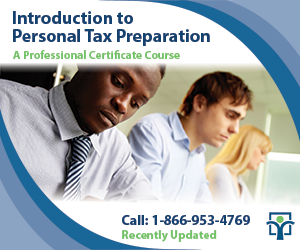Last updated: January 16 2018
The Rising Costs of Elder Care: Tax Relief Helps

According to Statistics Canada, falls by seniors are the leading cause of injury-related hospitalizations in Canada. CBC reports that the number of Canadian seniors requiring continuing care will rise by 71 percent by 2026, adding more pressure to an over-burdened healthcare sector, and increased financial pressure on family and volunteer caregivers. Planning and proactivity can help at tax time.
Engage your clients with some lifecycle facts; for example, did you know that approximately 20 to 30 percent of seniors fall each year? This has a significant financial impact on the public health system: an estimated $2 billion annually—more than 3.7 times greater than for younger adults. That’s taxing on many fronts:
- Injuries due to falls are increasing—up 43 percent from 2003 to 2009-10. The number of deaths due to falls increased by 65 percent from 2003 to 2008.
- The majority of falls are fractures, and one-third are associated with a hip fracture.
- Falls cause 95 percent of hip fractures in seniors, leading to death in 20 percent of cases.
- Seniors hospitalized for falls stay in hospital an average of nine days longer than all others.
- Falls are frequently the reason that seniors need to transition from living independently to a long-term care environment.
The negative and physical and mental outcomes for seniors themselves, in other words, are staggering: loss of confidence and independence; greater isolation, confusion and depression amongst them. As important: they strain family finances. The financial consequences of a fall can include costly mobility devices, personal care support or even renovations to the home (as recently reported in the Financial Post).
 |
In your role as a trusted advisor, you can add tremendous value to elderly clients and their families by making them aware of government programs and benefits that can help, for example:
- Disability Tax Credit
- Claims for medical expenses on the annual tax return
- New in the 2017 tax year: the Canada Caregiver Credit (see December 20 KBR article)
Fall prevention is certainly a conversation that could well be embellished upon at tax time, when medical expenses are discussed and projections are made for future financial resources. But the rules are complicated and inter-related, especially if you are claiming attendant care expenses in conjunction with the three claims above.
It may be time to increase your knowledge on the tax relief available for these clients and their families and become part of the solution to improve the quality of life for Canadian seniors.
Additional educational resources: Knowledge Bureau courses on Introduction to Personal Tax Preparation, Intermediate Personal Tax Preparation; DFA–Tax Services Specialist designation
©2018 Knowledge Bureau Inc. All Rights Reserved.





